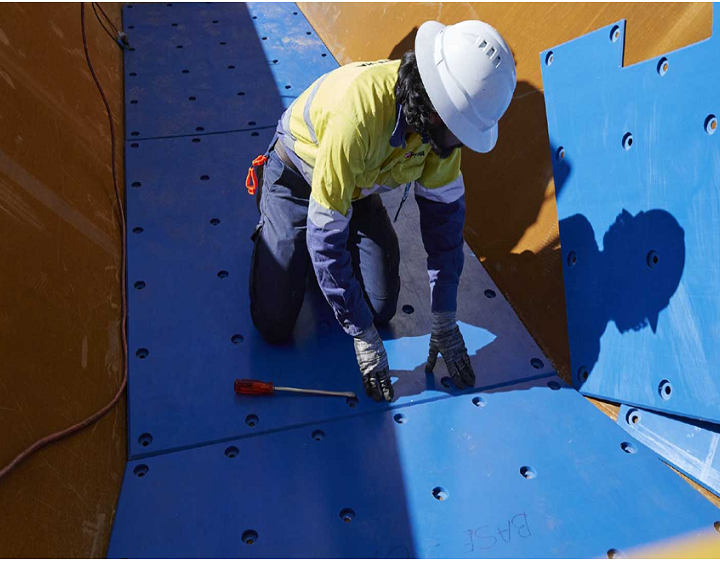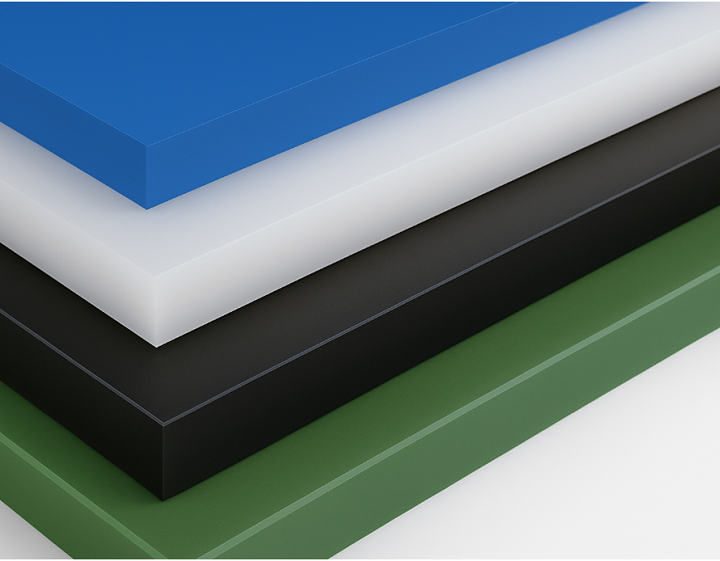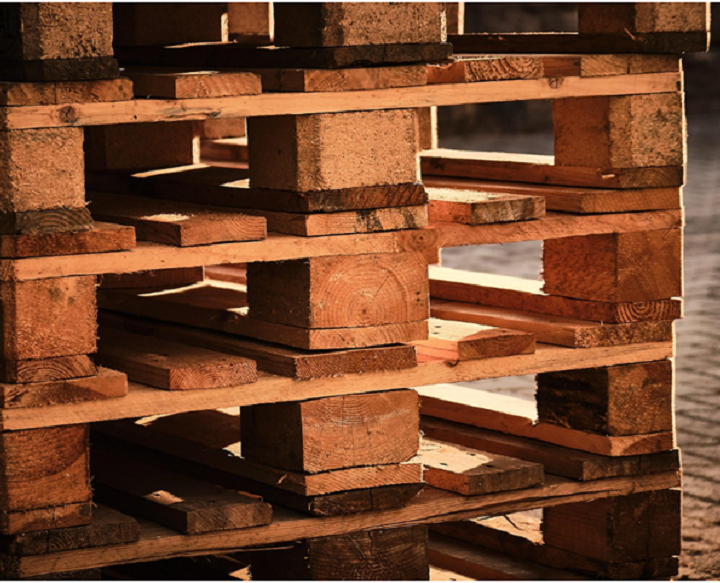r s:
- affordable prices,
- allows air to circulate inside the sofa,
- keep dust mites at bay
- durable over time.
Disadvantages of the range of spring mattresses:
- they are not flexible
- if they are not quality over time they become uncomfortable.
- Foam mattresses are a very diverse solution, there are many qualities of polyurethane foam, with different flexibilities, densities and weights of foam, with different properties and prices.
- Latex – is generally a mixture of natural latex, from the tree Hevea brasiliensis, and synthetic latex. There are, however, natural latex mattresses that exclude polyurethane-based chemicals. Depending on the process used to produce it, the latex is softer, the Talalay process, or denser and firmer, the Dunlop process.
Latex mattresses contain two types of materials, on a base of polyurethane foam is positioned a layer of latex. We thus have a perfect balance that translates into a surface of medium firmness suitable for a restful sleep.
Advantages of the latex mattress range:
- they are very comfortable
- it keeps its shape for a long time
- they are very elastic
- they have the shape of a body
- they have high density
- they are ideal for overweight people
- I keep the dust at bay
Disadvantages of the latex mattress range:
- they are very heavy
- exposure to UV rays when damaged.
- Memory foam – uses viscoelastic foam attached to a more solid polyurethane foam base. Different levels of comfort are obtained by changing the thickness, weight and formula of viscoelastic foams and base foams. Latex and memory foam mattresses provide unique comfort. This type of mattress is good for relieving pressure on painful joints.
Many memory foam mattresses are more expensive than standard spring mattresses.
Memory foam is affected by temperature. In a cool bedroom, a mattress with memory foam will feel firmer than in a warm bedroom. Memory softens and adapts in response to body temperature and body weight. Traditional memory foams form the body, creating a depression, and the sleepers must drain from the moment of changing sleeping positions.
Mattress manufacturers have addressed this issue by creating various technologies to improve air circulation:
- through foam mattresses “open-cell” memory foam
- spiral memory foam
- gel-infused memory foam
- foam channels cut into the channel
- backing layers with crosslinked foam
The range of memory mattresses helps to relax the body and a healthy position of the spine during sleep. Memory mattresses are the absolute star of recent years, being preferred by those with an average to premium budget.
Advantages of the memory foam range:
- comfort at night
- are adaptable to body shape
- easy to transport
- have different levels of quality
- offers increased comfort
- keep the body temperature constant
Disadvantages of the memory foam range:
- they have a short lifespan
- they are more expensive
- High density foam – is similar to memory foam mattresses, a high density foam mattress uses a more compact foam, usually made of polyurethane. This type of foam is mostly made of open cells that are packed together tightly. Mattresses with high density foam offer comfort and longevity, because they are denser than a traditional foam mattress. High density foam mattresses, which have an internal spring system, have a longer lifespan, with a higher resistance.
- Mattresses with foam and springs are a hybrid, a construction that incorporates both solutions, often the quality being clearly superior.
- Mattresses with natural materials are filled with bamboo fibers, aloe vera, silver and other materials that give you a fresh, relaxing and beneficial sleep.
Mattresses filled with air or water are not traditionally used as sleeping mattresses.
-
The upholstery layer covers the mattress and ensures cushioning and body comfort in relation to the base layer. The upholstery layer consists of three parts, the insulator, the middle upholstery and the blanket.
- Insulator – will separate the upholstery from the base layer box, being with an increased rigidity, from plywood to another rigid material, to effectively separate the materials of the base box. How dangerous would be a cracked spring that would pierce the upholstery layer.
- Upholstery – is a pillow layer, softer or not, which creates a state of comfort and satisfaction, when you sit on the mattress, regardless of its rigidity.
- Blanket – is the outer part of the mattress, generally thin, soft and physically resistant, which does not take over variations in temperature or humidity.
What other features do we consider when choosing a mattress?
Many parameters determine the quality of the mattress . Test methods have been established for some of these parameters:
- such as pressure distribution
- skin microclimate, hygiene
- edge support
- long-term stability
Other parameters, such as firmness , are more specific to the bedroom:
- Firm mattresses are recommended for the stomach and some back problems
- soft mattresses are recommended for side positions
- and medium mattresses are recommended for most back positions
The dimensions for a comfortable mattress, with good support, must be at least 18 centimeters thick. There are also products under this size, but keep in mind that such a product will not remain effective for too many years. The length and width of the mattress depend only on the user. Usually, manufacturers offer the possibility to choose your size, and the general recommendation is that the mattress be at least 15 centimeters longer than you. As an example, two adults can be comfortable in a 160 x 200 cm mattress.
The double mattresses are available with a softer and firmer part, or with adjustable firmness levels, to suit the different positions adopted in bed.
To enjoy a mattress with a good independence from your partner, choose:
- a big bed
- two mattresses in the same bed frame
- packed spring mattress
- foam or latex mattress
A controlled study found in 2003 that medium-hard mattresses are associated with less pain in the lower back, regardless of position. A systematic review of the studies concluded that mattresses with medium firmness and firmness were best for aligning the spine and relieving back pain.
The cover must be made of natural materials, cotton or wool, and the materials that are part of it must be treated against mites and microorganisms. This way, you avoid a possible allergic reaction due to the accumulation of dust. It will be easier for you to sanitize the sleeping surface if the cover is removable and washable. It is also very advantageous if the mattress (and implicitly the cover) has two sides:
- one made of wool for winter, where body heat is retained and distributed evenly
- the other made of cotton for summer, which encourages air circulation and avoids overheating
These constructive criteria will create an image of the mattress that you need and that you will buy.
Remember that it is a long-term and not very cheap investment, which must support you in your sleep both now and in the future.
- The size of the mattress is dictated by the size of the bed;
- You will have to decide what type of mattress you want, ie the basic material;
- If certain conditions require a certain kind of mattress;
- The rigidity of the mattress will be according to the user’s desire;
- Maximum weight supported by the mattress;
- If the bed is double, what solution do you adopt, one or two mattresses;
- How high the mattress should be.






